Choosing A Sugar Substitute: Weighing the Risks
Sugar, in its most basic form, is the white or brown grainy substance that you put in your coffee or find atop your muffin in the morning. But it’s not just there. It’s in your store-bought salad dressing and sauces, your cocktails, and often in bread, soups, beans, and other canned goods. The trouble is that sugar is biologically addictive. Like a drug, sugar acts on the brain in a way that encourages subsequent use.
Not only is it habit forming, but it also interferes with the transmission of leptin, the hormone that signals satiety to our brain, letting us know when to stop eating. Excessive sugar consumption also reduces dopamine signaling in the brain, decreasing the pleasure derived from food leading to continued eating in search of the happy, full sensation that we all know and love.
And that’s not all. Excess sugar consumption can even accelerate the aging process by damaging the lipids in your body. So what are our alternatives? And are they any safer than the real thing?
To promote educated eating, here’s a who’s who of sweeteners, natural and artificial.
Sugars Found in Nature
Sucrose
-Also known as table sugar, sometimes called saccharose.
-When consumed, sucrose is broken down into glucose and fructose.
-Over-consumption of sucrose is linked with tooth decay, obesity, gout, and insulin resistance, a precursor to diabetes.
Fructose
-Also known as fruit sugar, it is found in honey, as well as fruits, flowers, berries, and root vegetables.
- In a 2012 meta analysis by JL Sievenpiper et al. on the effect of fructose on body weight, fructose was found not to be an independent factor for weight gain.
- Excessive consumption of fructose can cause the same health problems as alcohol, including hypertension, pancreatitis, liver dysfunction, and the tragically ironic combination of malnutrition with obesity, according to an article summarized here (full article requires subscription).
-Primary source of energy for cells
Agave nectar
-1.4 to 1.6 times sweeter than sugar
-Commonly used as a vegan alternative to honey
-Glycemic index is comparable to that of fructose
-For more on agave nectar, read this Wall Street Journal article about its being marketed to diabetics in spite of its high glycemic index.
Stevia
-Stevia rebaudiana is an herb known for its sweet leaves.
-300 times as sweet as sucrose
-May improve insulin sensitivity in rats
-Preliminary studies show that it may help improve hypertension
-A 2009 study summarized here showed that not only does it not have any adverse affects, but it may prevent tumor growth and have anti-inflammatory properties.
Man-Made Sugar Alternatives
Aspartame
-Approximately 200x sweeter than sucrose, the quantity of aspartame needed to produce a sweet taste is so small that its caloric contribution is negligible
-Discovered during the development of an anti-ulcer medication
-Commercial names: NutraSweet, Equal, Canderel
-Though the FDA and over 90 other countries have approved aspartame’s sale and use, there remain questions about a possible causal relationship between it and stroke and brain tumors.
-Studies in mice have shown that consuming aspartame can lead to high blood glucose levels and impaired insulin sensitivity. These conditions can lead to accelerated growth of any preexisting cancer.
Saccharin
-Research in the 1970s linked saccharin with bladder cancer in rats. This study was invalidated in 2000, when it discovered that rats react to the substance differently than humans. The FDA ruled in 2000 that saccharin was safe for human consumption.
-300 times sweeter than sugar
- Primary ingredient in Sweet’n’Low
-Passes through the digestive system without being digested – this makes it a zero-calorie food.
Acesulfame potassium
-Commercial names: Sunett and Sweet One.
-Studies on its safety have had contradicting findings – one found it to be safe,
and another found that it may be carcinogenic in males. Both of these studies
were conducted on rats.
-In mice, exposure to acesulfame potassium in utero may also affect preference for sweet things in adulthood.
Sucralose
-The majority of sucralose is not digested when consumed, making it non-caloric.
-Approximately 600 times as
sweet as sucrose.
-Commercial names: SucraPlus, Splenda
-Does not promote tooth decay, insulin resistance
-Recognized as safe by the FDA, as well as by international food safety regulation bodies.
-However, sucralose breaks down very slowly in nature, and high consumption can cause high concentration in wastewater. The Swedish Environmental Protection Agency warns that concentration in the environment may increase if consumption continues to increase.
The Verdict
The lesson here is one that many Americans know well, but don’t seem to embody: everything in moderation. Sucrose, fructose, stevia and agave nectar are all harmless to healthy people in small doses.
Though the FDA has approved every artificial sweetener on the mainstream market, it’s important to understand that these approvals are based only on a small number of studies, often on mice or rats – nothing that proves safety without question. Sucralose may be the safest, though again, in the area of man-made food substances nothing is certain. When in doubt, leave it out!
8 Responses to Choosing A Sugar Substitute: Weighing the Risks
Leave a Reply to ocerf Cancel reply
Your email address will not be published. Required fields are marked *
*
*
You may use these HTML tags and attributes: <a href="" title=""> <abbr title=""> <acronym title=""> <b> <blockquote cite=""> <cite> <code> <del datetime=""> <em> <i> <q cite=""> <strike> <strong>
Join Our Community
Archives
- January 2023
- December 2022
- September 2022
- August 2022
- June 2022
- May 2022
- April 2022
- March 2022
- February 2022
- January 2022
- December 2021
- November 2021
- October 2021
- September 2021
- August 2021
- July 2021
- June 2021
- May 2021
- March 2021
- September 2020
- August 2020
- July 2020
- June 2020
- May 2020
- April 2020
- March 2020
- February 2020
Subscribe

Sign up to receive FREE toolkit
From Dr. Hyman, #1 NY Times & Amazon Author
We never spam or sell your e-mail
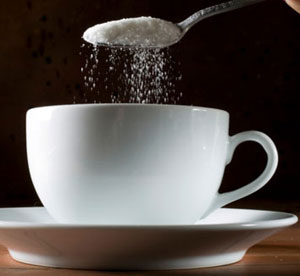

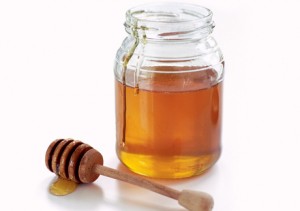
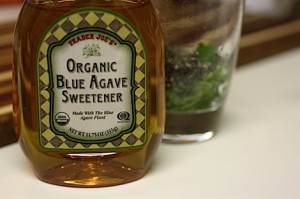
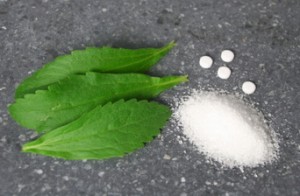
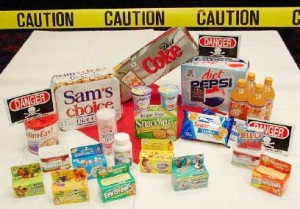
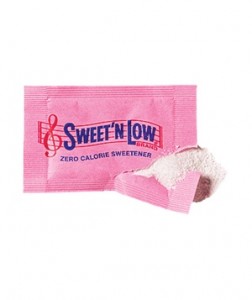
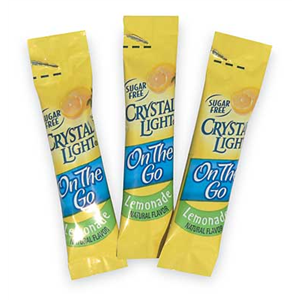
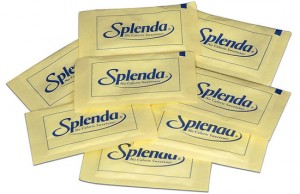








Agave nectar is high in fructose than high fructose corn syrup. If you wouldn’t consume HFCS, don’t go anywhere NEAR agave nectar.
What about coconut sugar? It seems to be all the rage now.
Good point! Dr. Oz mentioned coconut sugar on his show earlier this year, which may be the source of the rage. He claims that replacing table sugar with coconut sugar can prevent energy crashes and ensuing spikes in appetite. This also explains the coconut juice craze these days. Worth learning more about!
I have been trying to reduce my sugar intake by eating less sugary yoghurt, but what about getting enough calcium?
True. Yogurt is tricky because the ones that are “sugar-free” usually contain Splenda or aspartame. It looks like Greek yogurt is the lowest in sugar – Oikos organic plain Greek yogurt, for example, only has 9 grams per serving as opposed to 14-18 grams in other popular brands. Fage also has around 9-11 grams per serving, depending on whether it’s 2% or nonfat.
http://www.foodfacts.com is a great place to research ingredients at home so you don’t get overwhelmed by choices at the store.
If you’re looking to ditch yogurt altogether and find new calcium sources, check out this list:
http://www.healthaliciousness.com/articles/foods-high-in-calcium.php
Herbs, sesame seeds, and almonds were a few great sources that I didn’t know about. Leafy green vegetables are always a great bet, and and there’s always cheese if greens don’t get you excited!
Great article! Many people don’t realize how harmful synthetic sugar substitutes are long-term to their health. It’s also very disturbing how many products are laced with sucralose or aspartame. It is SO important to read the ingredients label. I switched to stevia years ago and occasionally use raw honey. Here’s a link to my recent post about using stevia which provides some additional information.
I bought Stevia awhile ago but found that it left such a bitter aftertaste in my mouth that it now sits on the shelf, unused. I drink lite soy milk, vanilla. Does this have sugar? It tastes sweet to me, in my coffee.
Great article! Very helpful.